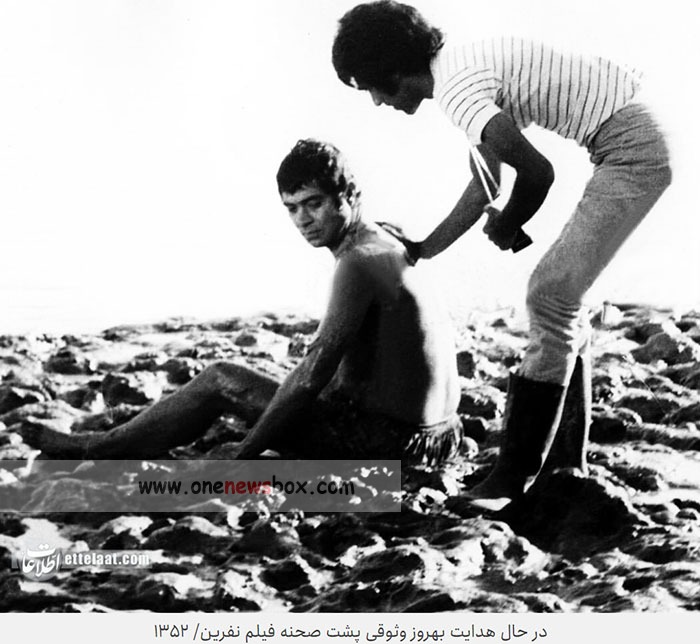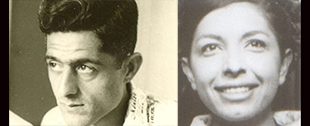Peace in the Presence of Others (1968)
Taghvaei’s first feature film, Peace in the Presence of Others (Sokout dar Hozour-e Digarān), was based on a story collection by Gholamhossein Saedi, a leading figure in Iranian modernist literature. The film follows a retired colonel and his daughters as they navigate the psychological decay of their domestic life — a metaphor for the moral paralysis of Iran’s upper classes in the late Pahlavi era.
The film was both politically charged and formally experimental, blending documentary realism with surreal undertones. Taghvaei cast prominent poets such as Mohammad Ali Sepanlou and Manouchehr Atashi, blurring the boundaries between art and life. Though Peace in the Presence of Others won the Silver Lion at the Venice Film Festival, it was swiftly banned in Iran, reflecting the regime’s discomfort with its implicit social critique.
This debut established Taghvaei as a serious filmmaker, though it also foreshadowed the censorship battles that would haunt his career.
Sadegh Korde (1972) and Nafrin (1973)
In the early 1970s, Taghvaei continued to explore themes of fate, rebellion, and human fragility. His 1972 film Sadegh Korde, starring Saeed Rad, Mohammad Ali Keshavarz, and Ezzatollah Entezami, is often described as one of his most tightly constructed works. It marked the only time he used extensive flashbacks — a narrative device he later abandoned in favor of linear realism.

